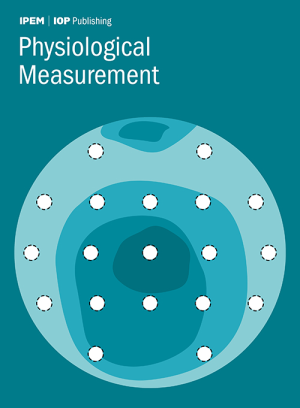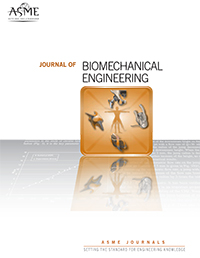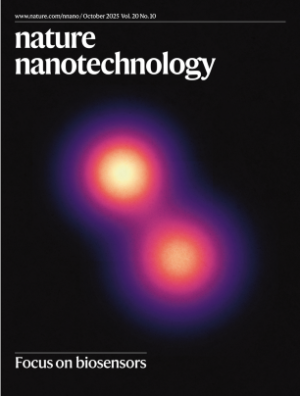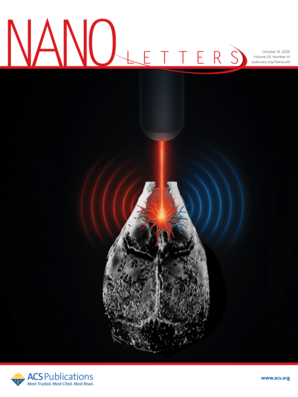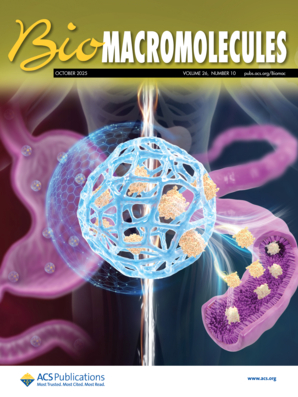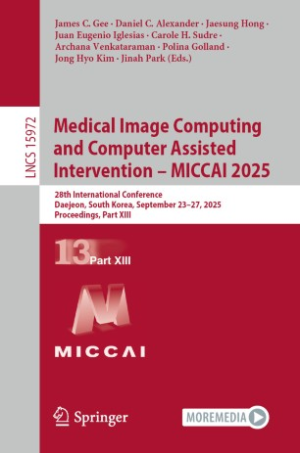-
31 Oct 2025 • Journal Article • Physiological Measurement
SleepPPG-Net2: Deep learning generalization for sleep staging from photoplethysmography
AbstractBackground: Sleep staging is essential for diagnosing sleep disorders and managing sleep health. Traditional methods require time-consuming manual scoring. Recent PPG-based deep learning models perform well on local datasets but struggle with external generalization due to data drift. Methods: This study evaluates multi-source domain training for improving out-of-distribution
… show more -
21 Oct 2025 • Journal Article • ACS Synthetic Biology
Synthetic Mammalian RNA-Based Auxiliary Module for High Gene Expression
AbstractSynthetic and native switchable genetic expression systems are extensively used in basic research and a wide range of applications in biomedicine and biotechnology. Leakiness, which represents promoter activity prior to the presence of an appropriate instigator, could have negative consequences ranging from ineffective biological sensor systems to toxic side effects in
… show more -
16 Oct 2025 • Journal Article • Scientific Reports
Functional personalized complex combination nano therapy for osteosarcoma
AbstractOsteosarcoma (OS) remains a challenging malignancy, particularly for metastatic cases, due to its heterogeneous genetic landscape characterized by lack of actionable oncogenic drivers and thus lack of personalized therapy. Though personalization of therapy based on functional assays using patient derived cells is emerging as a promising approach, it was not explored as
… show more -
Oct 2025 • Journal Article • Journal of Biomechanical Engineering
Modelling Transport and Biomechanics of Pulmonary Capillary Networks in Health and Disease
AbstractAbstract. The pulmonary capillary network (PCN) is a highly complex and dynamic structure essential for gas exchange and systemic homeostasis. Beyond its primary role in oxygen transport, the PCN also mediates a range of transport processes relevant to both health and disease. Scientific interest in the PCN has evolved considerably over time, from early efforts
… show more -
Oct 2025 • Journal Article • Nature Nanotechnology
Full-length protein classification via cysteine fingerprinting in solid-state nanopores
AbstractRecent advances in single-molecule technologies are transforming the field of protein analysis. Solid-state nanopores provide an effective method to linearize and thread full-length proteins in a single file. However, slowing their rapid translocation remains a challenge for accurate, time-resolved ion-current-based fingerprinting. In this work, we present a
… show more -
1 Oct 2025 • Journal Article • Nano Letters
Noninvasive Optoacoustic Imaging of Oxygen Saturation Reveals Hypoxic Hematopoietic Bone Marrow during Systemic Inflammation
AbstractInflammation drives various diseases, including cardiovascular, neurodegenerative, and oncological disorders, by altering immune cell dynamics in hematopoietic niches. The bone marrow is the primary site for hematopoietic stem and progenitor cell activity. Here, we present a novel, noninvasive approach using multispectral optoacoustic tomography (MSOT) to track oxygenation
… show more -
22 Sep 2025 • Journal Article • Biomacromolecules
Evaluating Cross-Linking Efficiency and Cytocompatibility of Three Commonly Used Photoinitiators across Different Cell-Compatible Hydrogel Platforms
AbstractBiomedical hydrogels often use a photopolymerization strategy to cross-link the polymer network. There are only a few cyto-compatible photoinitiators (PIs) that are commonly used for cross-linking biomedical hydrogels, including Irgacure 2959, lithium phenyl-2,4,6-trimethylbenzoylphosphinate (LAP), and Eosin Y. Herein, we tested these PIs to optimize the cross-linking
… show more -
20 Sep 2025 • Conference Paper • International Conference on Medical Image Computing and Computer-Assisted Intervention (MICCAI)
SIMPLE: Simultaneous Multi-plane Self-supervised Learning for Isotropic MRI Restoration from Anisotropic Data
AbstractMagnetic resonance imaging (MRI) is vital for diagnosing abdominal and neurological conditions, yet conventional sequential slice acquisitions favor in-plane over through-plane resolution to minimize scan time and motion artifacts, leading to anisotropic data and reduced volumetric accuracy. Existing super-resolution (SR) techniques reconstruct isotropic images from
… show more -
16 Sep 2025 • Journal Article • Frontiers in Physiology
Small scale electrostatically-driven aerosol deposition in airway-on-chip models of bronchial constriction
AbstractObstructive pulmonary diseases, including asthma and chronic obstructive pulmonary disease (COPD), are widespread and represent a major global health burden. Despite their impact, effective therapeutic delivery to the small airways using inhaled aerosols remains suboptimal. In this study, we present a novel in vitro airway-on-chip platform that mimics both normal and
… show more -
12 Sep 2025 • Preprint • bioRxiv
iPSCs-derived Bronchial Airways-On-Chip for Assessment of Cytokine Secretion triggered by Volatile Organic Compounds
AbstractAir quality monitoring currently relies mostly on a combination of epidemiological data and classic experimental data. Our objective was to design an alternative approach for assessing air pollutant risk potential using a specialized platform capable of detecting long-term and indirect effects of exposure via the inhaled route. We used a Bronchial Airways-On-Chip (BOC)
… show more
